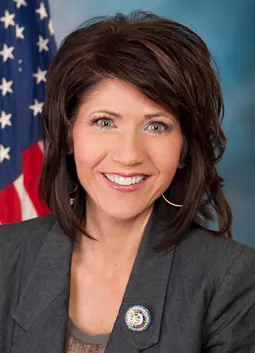The South Dakota House Education Committee recently delivered a significant blow to educational reform by rejecting a $4 million education savings account (ESA) proposal. This initiative was initially proposed by former Governor Kristi Noem and supported by her successor, Governor Larry Rhoden, before Noem’s departure to serve as Secretary of Homeland Security. The decision, made at South Dakota’s Capitol in Pierre, marks a crucial turning point in the state’s educational landscape, shaping the future of educational funding and accessibility.
Understanding South Dakota’s Education Dilemma
South Dakota, known for its sweeping prairies and rich Native American history, has been grappling with the challenge of adequately funding its education system. The push for education savings accounts is not merely a fiscal debate; it echoes the state’s struggle to balance innovation in education with preserving the integrity and funding of its public schools. With a vote of 9-6 against the governor-backed House Bill 1020, the House Education Committee has sent a clear message of caution amidst calls for change.

Kristi Noem
HB 1020 aimed to allocate up to $3,000 per student to cover private school tuition, homeschooling, or other alternative educational costs. Supporters argued this could offer families more educational choices and compel public schools to elevate their offerings through intensified competition. However, public education advocates, including educators and various state organizations, voiced concerns about diverting vital funds from public schools and the adequacy of oversight over such a program.
Alternative Proposals: The Role of Community Voices
In parallel, a more ambitious proposal, House Bill 1009, introduced by Rep. Dylan Jordan, faced a similar fate. Estimated to cost up to $142 million, this bill promised less oversight but greater financial reach. Despite support from Rep. Phil Jensen, R-Rapid City, and Rep. Travis Ismay, R-Newell, the committee voted 8-7 against it.

Larry Rhoden
The bill’s opponents highlighted significant concerns regarding the impact on public school financing and transparency. Roquel Gorneau of the Great Plains Tribal Education Directors spoke out, emphasizing that public education funding “should reflect a shared responsibility, not weaken the available resources for all students.”
South Dakota’s coalition of opposing voices includes public education organizations, teachers, the South Dakota Chamber of Commerce, the South Dakota Retailers Association, and disability advocates. Their collective stance underlines a broader concern for maintaining equitable educational opportunities across the state.
The Pull of School Choice: A Contentious Battle
In contrast, private school administrators and alternative instruction advocates have rallied in support. The argument that ESAs could potentially raise teacher salaries in private institutions and broaden educational opportunities resonates with many. Secretary of Education Joseph Graves, alongside Governor’s Office Policy Adviser Sarah Hitchcock, has underscored the potential benefits of increased competition spurred by the program.
Anthony Mirzayants, representing the Texas-based student activist group Young Americans for Liberty, critiqued the ESA proposal as insufficient, claiming that it wasn’t “a real school choice bill.” This sentiment was echoed by others who felt the offered changes were not expansive enough to effect genuine transformation.
Looking Ahead: Strategic Maneuvers and Public Sentiment
While the committee’s votes appear to set the stage against both education bills, strategic procedural maneuvers remain an option for supporters hoping to push the proposals to the House floor for broader debate. This potential pathway hinges on a delicate balance of legislative support within South Dakota’s political landscape.
Despite the current setback, the conversation about education reform remains a priority for many across South Dakota. As the state navigates these complexities, the dialogue continues among lawmakers, families, and educators, reflecting a shared aspiration for improved educational opportunities that honor South Dakota’s unique community values.
As South Dakota’s leaders ponder the future of educational policy and the implications of these decisions, stakeholders and citizens alike remain engaged in a debate that could shape the state’s educational system for future generations.
The road to achieving an equitable and competitive educational framework involves further discussions and potential policy revisions. How South Dakota addresses this challenge could serve as a blueprint for similar states seeking to innovate without sacrificing foundational educational commitments.
Stay updated with the latest developments in South Dakota’s legislative arena. Subscribe for updates and insights directly to your inbox.